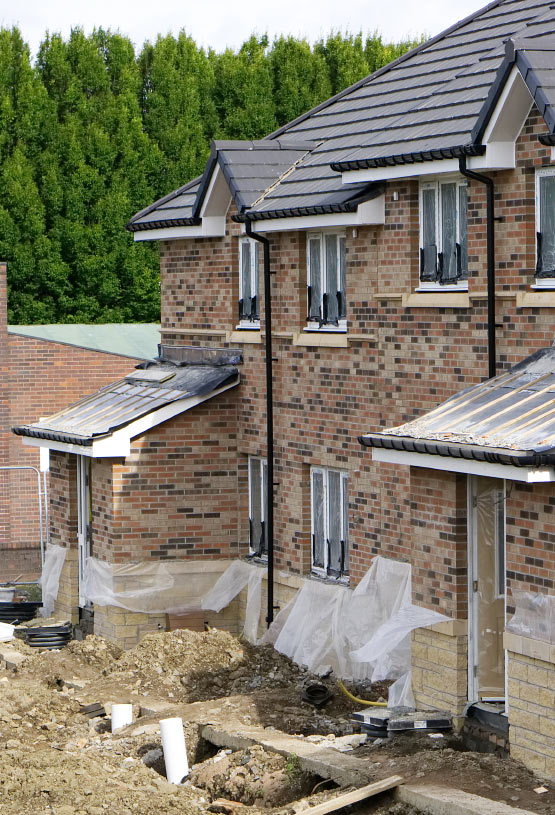Scotland's Section 6 (Energy) 2022 Standard, delayed until February
Scottish Government has confirmed that the implementation date of the Section 6 (Energy) Standard 2022, will be moved from the 1st December 2022 to 1st February 2023.
This follows a final assessment of the delivery timetable which highlighted that some software developers would be unable to meet the delivery timeframes, when it came to developing energy compliance software. Without this software in place, design proposals would not be validated as compliant with the new energy standards, something which local authorities will need in order to grant a building warrant.
The two month delay has been confirmed in order to mitigate the risk of an adverse impact on development proposals. Scottish Government’s Technical Handbooks webpage will be updated shortly to reflect this decision and the postponement will be formalised later this month with an amendment of the Building (Scotland) Regulations 2004.

What is Section 6 (Energy)?
Want to build a new house or building in Scotland? if so, you will need to comply with Section 6 of the Building Standards, which covers energy performance, overheating and ventilation in residential and commercial buildings. The standard is split between two technical handbooks, one for domestic and one for non-domestic. which provide guidance on how to achieve the required standards.
Specialist energy compliance software is used to calculate the performance of new buildings, both before and after construction. In Scotland, local authorities are appointed as ‘verifiers’ and will independently check buildings at design and construction stages to ensure they are compliant.
With the delay to the implementation date of Section 6 (energy) 2022, this means that any Building Regulation applications received after the 1st February 2023 will need to adhere to the new regulations.
A delay to updated Carbon Factors
Back in 2014, the electricity grid was fuelled mostly by fossil fuels, this was reflected in the carbon factor used within Simplified Building Energy Model (SBEM)- the methodology used to calculate the energy efficiency of non-domestic buildings- to calculate the emissions produced by a building based on its calculated energy consumption.
However, today, we can see that 30-40% of the electricity is produced by renewable or low carbon fuels. Within the new version of SBEM (version 6), which was due for release in December, the carbon factor of electricity has been updated to an improvement of around 73% on the previous 2014 values.
However, the delay to the December date will result in many non-domestic building owners not being able to take advantage of the new carbon factors until early next year and further delays to accuracy within the energy assessment methodology.
Reaction from Elmhurst
Elmhurst’s Head of Operations, Josh Wakeling, comments: “Elmhurst is surprised by the announcement. We have been in dialogue with Scottish Government over the past few weeks and assured them our Design SAP 10 application would be ready for our members in advance of the initial 1st December date. However we understand developers need time to refine their specifications for a change in building standards. Elmhurst still intend to achieve BRE approval for our Design SAP 10 application, for the Section 6 standards, and intend to release this to existing users in due course. It is disappointing that industry will continue to use outdated energy assessment methodology for another couple of months, however, we can only hope that there will be no further delays”.
